
Most pets are with us for just a small part of our lives—but some become living legends. These animals didn’t just survive long past their expected lifespans—they left researchers scratching their heads. From a cat that lived through three decades to a tortoise older than electricity, these incredible creatures sparked scientific curiosity and captured the world’s heart. Their stories offer hope, awe, and maybe even clues about what it takes to live a truly long life.
Creme Puff the Cat
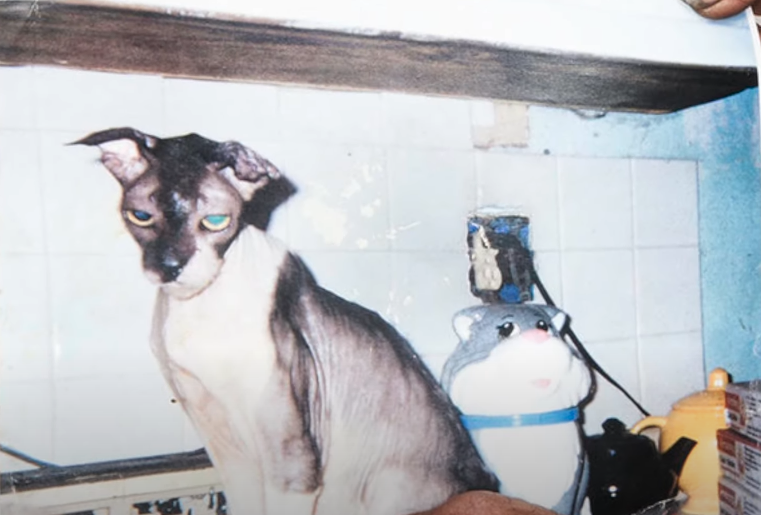
Creme Puff isn’t just a name—it’s a world record. Born in 1967 in Austin, Texas, she lived a staggering 38 years and 3 days, making her the oldest cat ever recorded. Her owner, Jake Perry, credited her long life to a bizarre diet: turkey bacon, scrambled eggs, and a few drops of coffee every morning. She even had her own custom playroom with a fish tank. Scientists were fascinated by her lifestyle, especially because Perry’s other cats also lived unusually long lives. Creme Puff’s story made researchers wonder if a cat’s environment—and perhaps even quirky human habits—can seriously influence lifespan.
Bluey the Dog

Born in 1910, Bluey the Australian Cattle Dog lived to be an amazing 29 years and 5 months old. That’s nearly double the average lifespan of his breed. He spent most of his life herding sheep and cattle on a farm in Victoria, Australia. His diet? Simple—raw meat and fresh milk. Bluey’s long life made him the subject of veterinary discussions for years. Experts believe his active outdoor lifestyle and close bond with his human companions played a big role. Bluey isn’t just a dog story—he’s proof that love, purpose, and clean living might just be the ultimate health plan.
Jonathan the Tortoise – Alive Since the 1800s
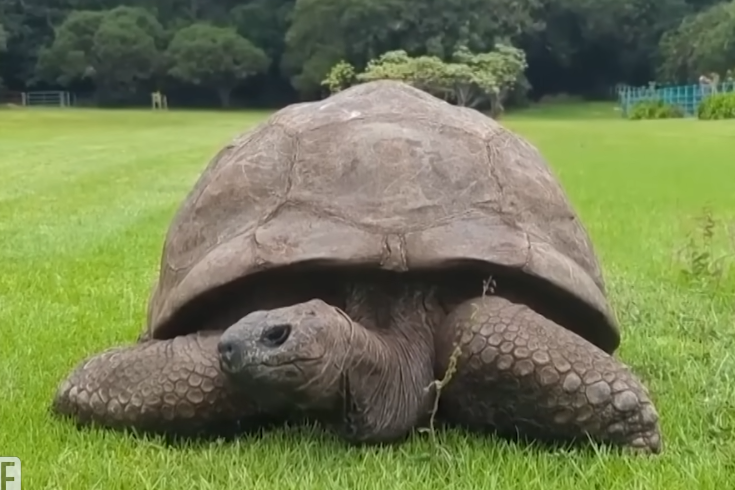
Jonathan isn’t just old—he’s historical. Believed to have been born in 1832, this giant Seychelles tortoise is the oldest known living land animal on Earth. He lives on the island of Saint Helena and has met generations of caretakers, tourists, and presidents. Despite being blind and having no sense of smell, Jonathan still enjoys sunbathing and munching on his favorite fruits. Scientists regularly monitor his health and are amazed at his longevity. They believe his slow metabolism, stress-free environment, and natural diet contribute to his almost mythical age. He’s a living reminder that sometimes, slow and steady really does win the race.
Bobi the Farm Dog

Bobi, a Rafeiro do Alentejo from Portugal, lived an astonishing 31 years and 165 days. Officially recognized as the world’s oldest dog, Bobi’s secret wasn’t fancy food or medical treatment—it was peace and love. He lived freely on a farm, ate homemade meals, and never wore a leash or chain. His owners say he spent his days napping in the sun and wandering the countryside. Researchers took interest in Bobi’s case, noting how his low-stress environment, natural diet, and consistent care may have helped him beat all odds. Bobi’s story is a testament to the power of simplicity and a loving home.
Goldie the Goldfish
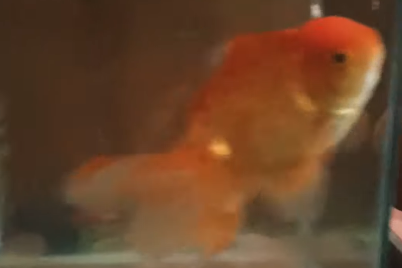
Goldie the goldfish was won at a fair in the 1960s—and went on to live for an incredible 45 years. Most goldfish barely make it past 10, but Goldie became a cherished family member in the Wright household in the UK. Her longevity stunned veterinarians and marine biologists alike. What kept her going so long? The Wrights say it was clean water, a peaceful tank, and a consistent routine. Scientists became curious about how such a basic pet could live so long with just proper care and attention. Goldie proved that sometimes, a little love and stability goes a long way.
Charlie the Macaw
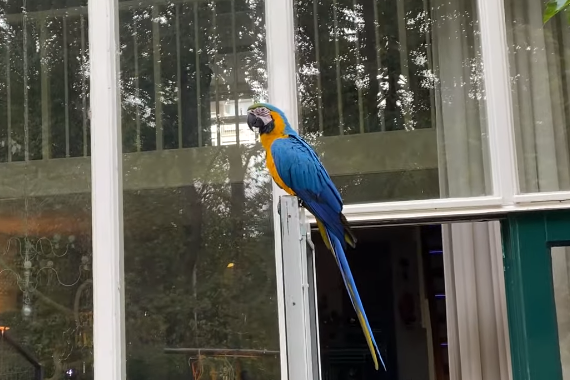
Charlie, a blue-and-gold macaw, is rumored to be over 120 years old—and possibly once belonged to Winston Churchill. While the Churchill link is debated, Charlie’s age is not. He still mimics human voices, screeches political phrases, and lives comfortably in a garden center in the UK. Macaws usually live 50 to 60 years, making Charlie an anomaly. His ability to vocalize and maintain strong social bonds even in extreme old age has intrigued bird experts and researchers. Charlie’s case has become a subject of study in avian longevity and cognitive function in elderly birds.
Lucy the Sheepdog
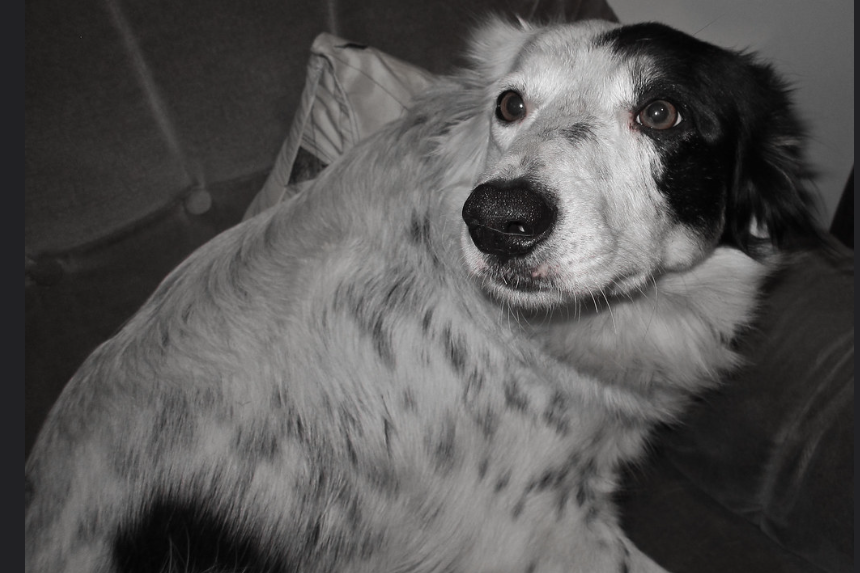
Lucy, a Border Collie mix, lived a peaceful life in a retirement home in Pennsylvania—and made it to the age of 27. Unlike most dogs, Lucy spent her golden years comforting the elderly, sitting beside residents, and spreading joy in her quiet way. She wasn’t just a pet—she was part of the family. Her caretakers noticed she stayed remarkably healthy, both physically and emotionally, well into her twenties. Scientists took interest in her calm demeanor, sense of routine, and emotional connections. Lucy’s story highlights the deep link between mental well-being, purpose, and a longer life—even in animals.
Snowball the Parrot – Dancing into His Late 30s

Snowball, an Eleonora cockatoo, didn’t just live a long life—he danced through it. He became famous for being the first non-human creature to dance to a musical beat. Videos of him grooving to pop hits caught the attention of scientists, who studied his rhythm and response. Snowball’s ability to move in time with music, mimic human interaction, and display clear signs of joy made him a subject of ongoing research in animal cognition. Now in his late 30s, Snowball continues to thrive, offering new insights into avian intelligence, emotion, and longevity through joyful movement.
Tish the Fairground Fish
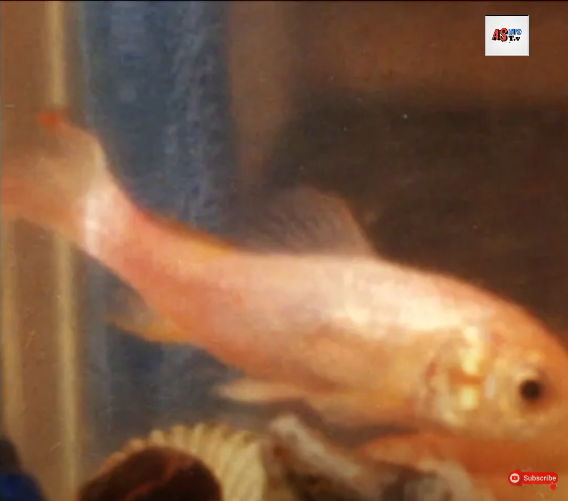
Tish, a modest goldfish won at a fair in 1956, lived to the age of 43 in Yorkshire, England. He outlived two generations of family members and became a beloved part of the household. Tish lived in a bowl for much of his life but eventually moved to a larger, filtered tank. His family credited his longevity to minimal light exposure, steady temperature, and lots of care. Scientists were stunned that a fish often considered disposable could live that long. Tish became a quiet symbol of how care, patience, and a stable environment can change everything—even for the smallest among us.


